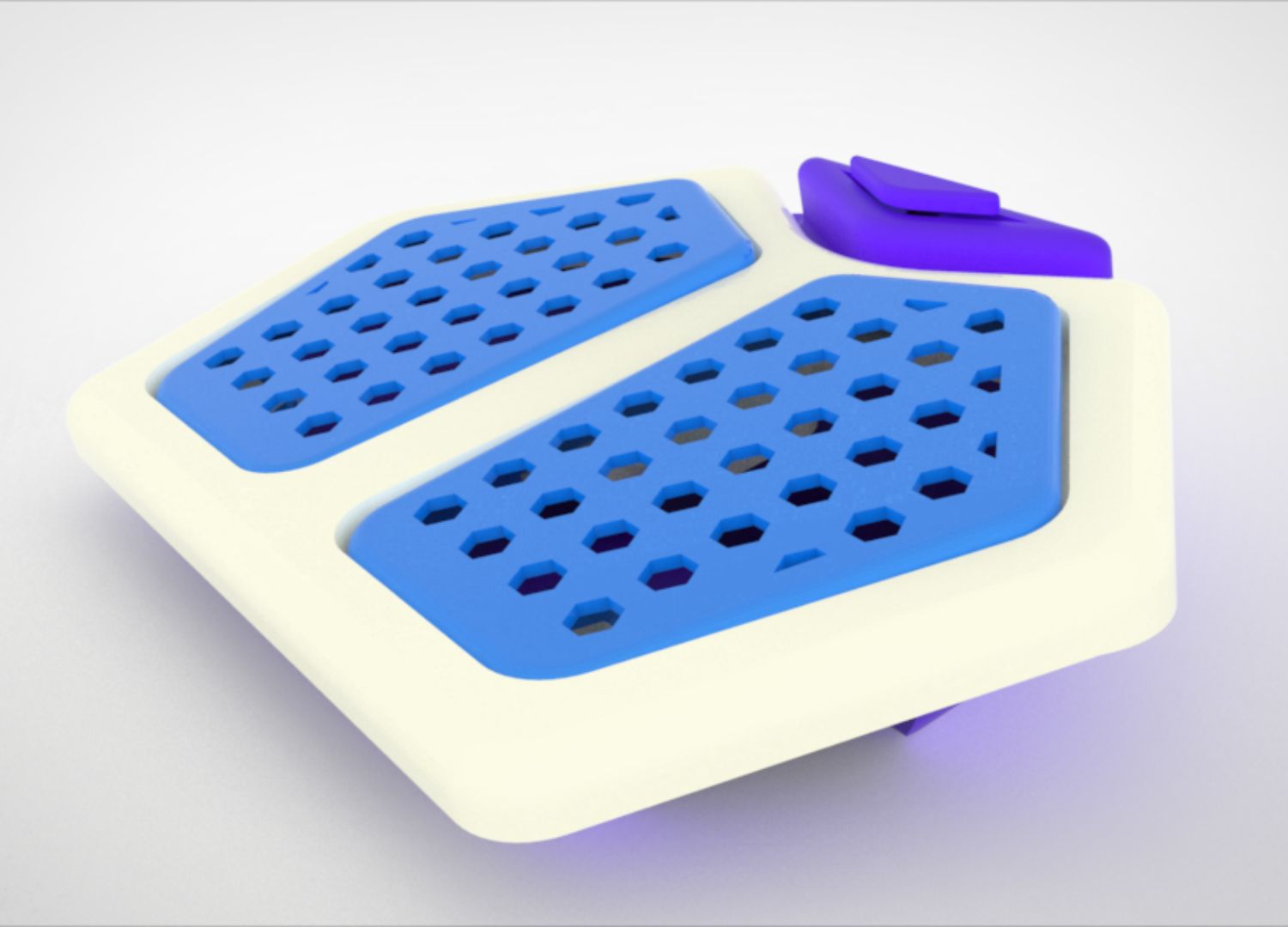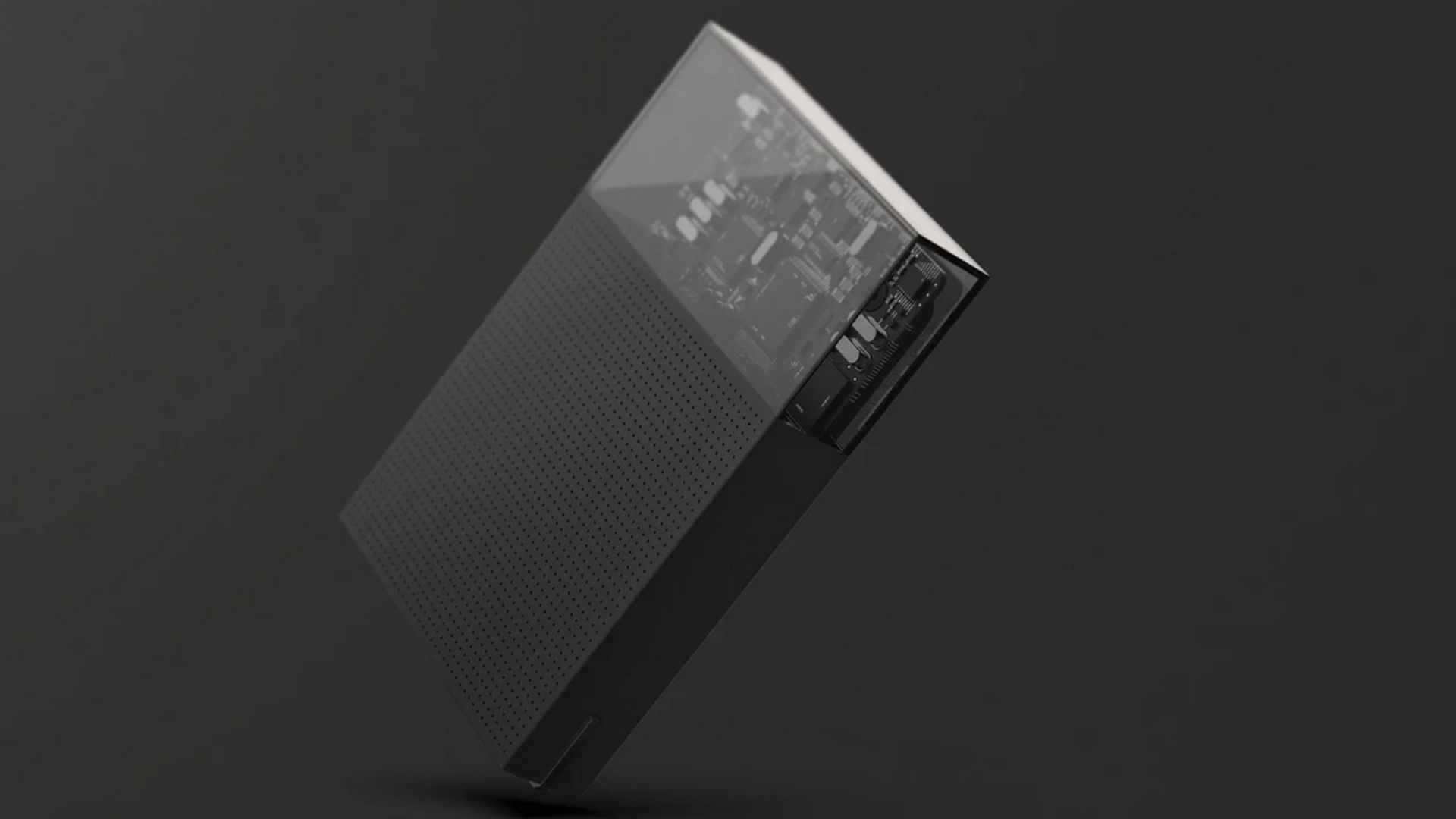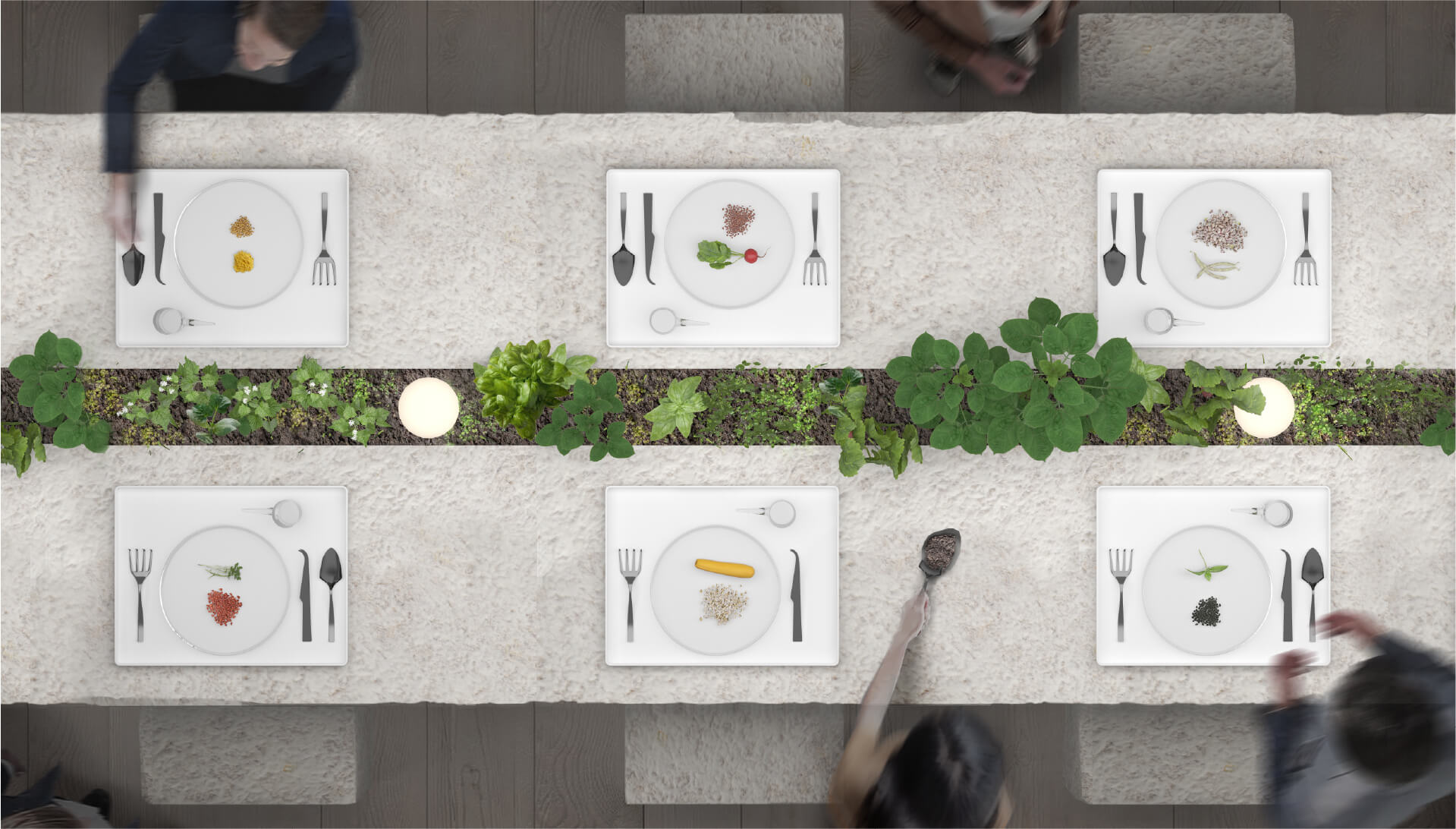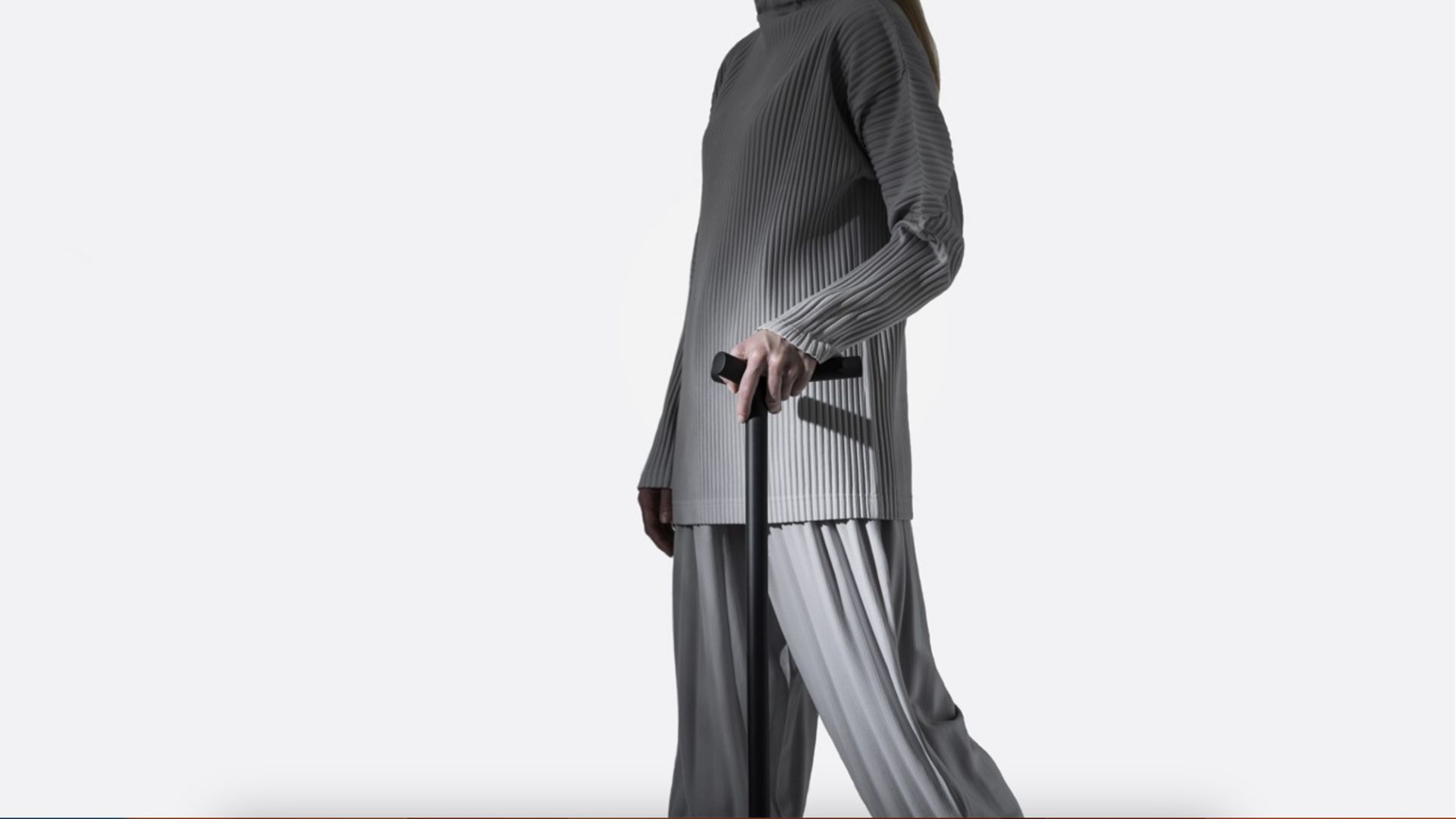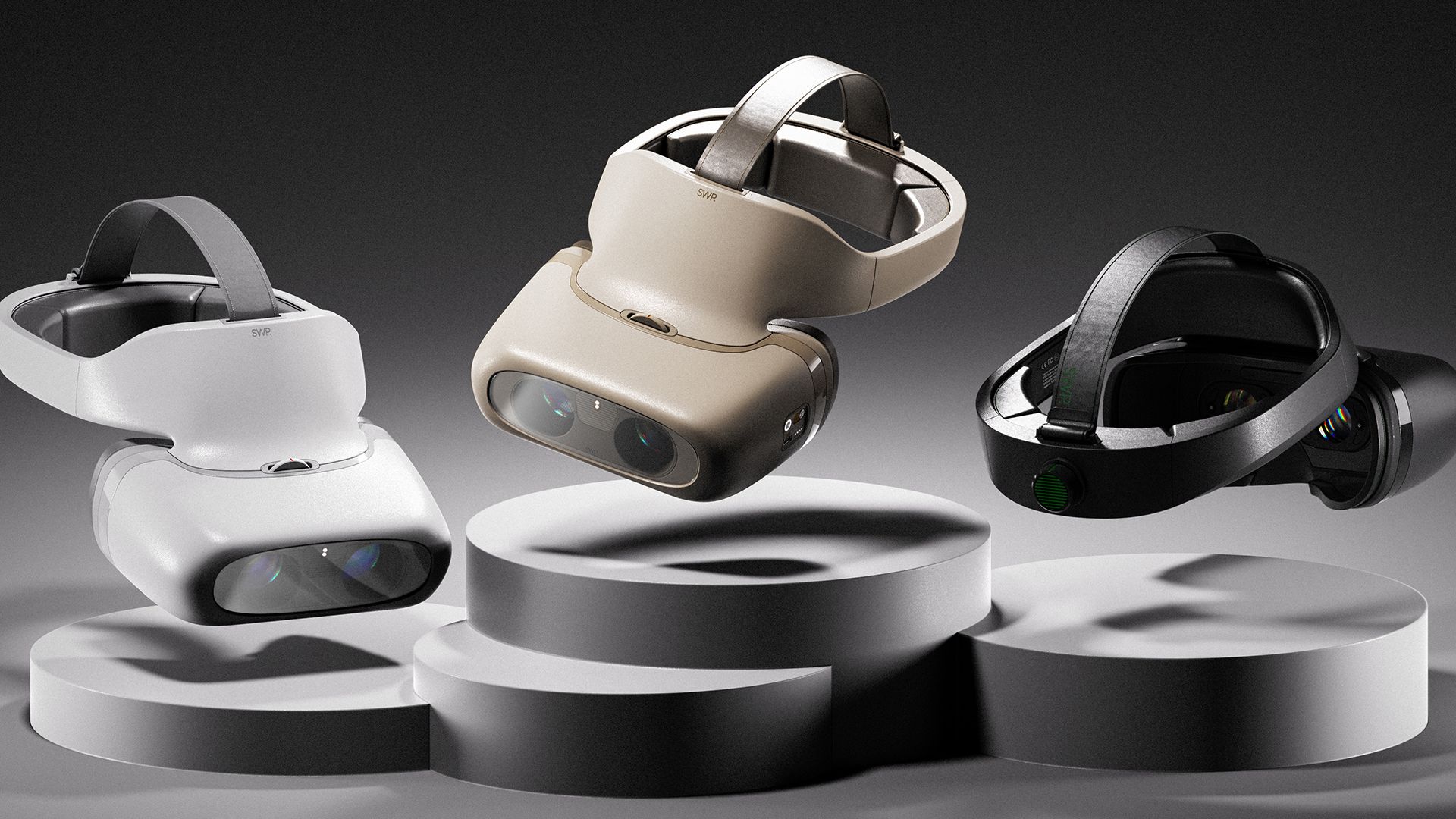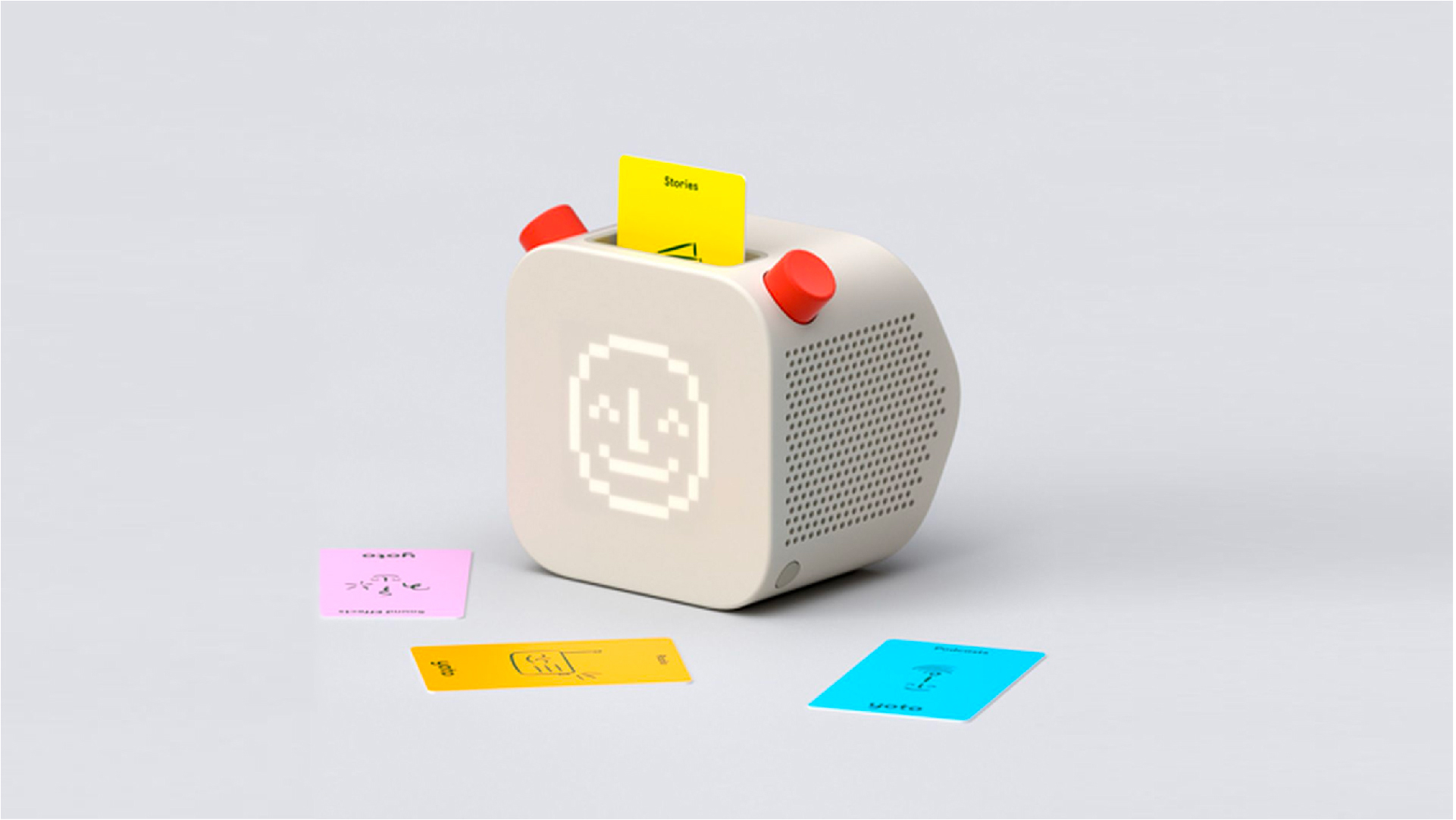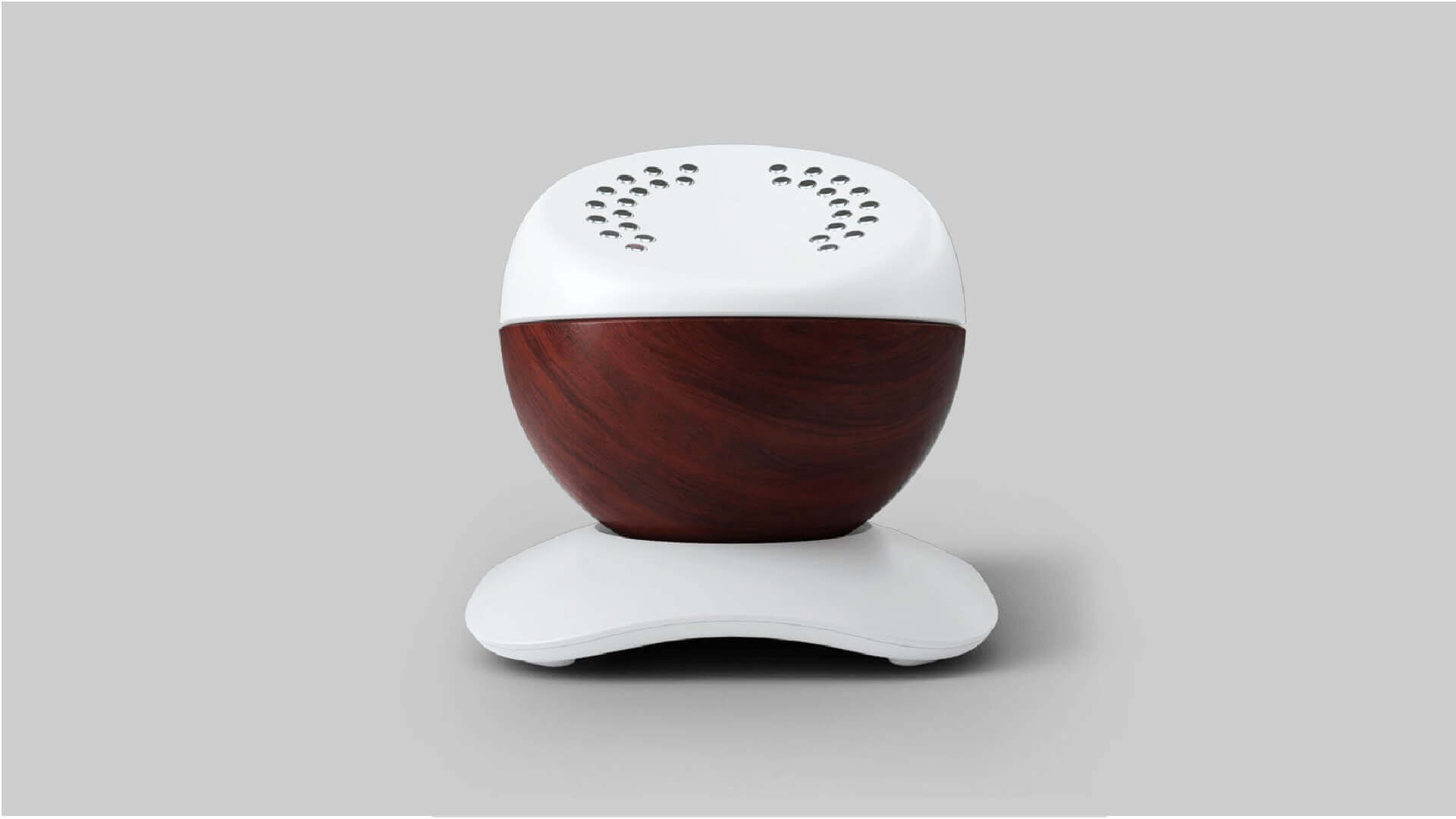A foot-operated mouse for individuals with reduced mobility in their limbs
The main objective was to enhance accessibility for people, especially those with limited resources, by reducing manufacturing time and overall costs associated with the product

During our participation as jury members in the ‘Design for a Better Future’ contest hosted by Quantumleap, we were thoroughly impressed by the level of creativity displayed by the participating students. Among the winners, Orozco Freire Emilio Esteban stood out with his insightful project, a foot-operated mouse.
Emilio Orozco, a 22-year-old product design student from Riobamba, Ecuador, is currently pursuing his studies at the Catholic University of Ecuador (PUCE).
We had the opportunity to have a conversation with Emilio, during which we posed a series of questions to gain a deeper understanding of the development process behind his project.

Could you tell us a bit about the foot-operated mouse project that won you the prize? What was your inspiration behind it?
Orozco Freire Emilio Esteban:
“I have developed a foot-operated mouse specifically designed for individuals with reduced mobility in their limbs. The development process involved employing various design and development techniques, such as generative, holistic, and emotional design, which helped establish a connection with psychology and human development. The main objective was to enhance accessibility for people, especially those with limited resources, by reducing manufacturing time and overall costs associated with the product. This endeavor aimed to improve inclusion within virtual environments.
Consequently, the foot-operated mouse has the potential to bring about direct improvements in educational, professional, and social development. It can help individuals increase their physical and cognitive capacities by maintaining a stable rhythm in the learning process.
While the product primarily targets those with reduced mobility or arm impairments, it is also designed to benefit everyday users who seek to improve their posture through its usage.
To develop the product’s form and structure, I drew inspiration from various natural, artificial, and temporary elements. For instance, I studied the intricate work of bees and their honeycombs, as well as the appearance of a ladybug. In terms of technology, I took inspiration from the design of the PlayStation 5 controller and the Discord logo. Elements like Joysticks and buttons were incorporated to control the mouse, enabling cursor movement and selection of elements within the computer interface.
On a personal level, I find great inspiration in seeking complex technological solutions to assist vulnerable individuals. This project emerged from a suggestion by a psychology group I worked with, who proposed the idea of a device to empower individuals without arms to control a computer. Given creative freedom, I gladly took on the challenge and worked on bringing the idea to life.”

How do you think winning this prize will impact your future as a design student? Are there any specific goals or aspirations it has inspired you to pursue?
Orozco Freire Emilio Esteban:
“Completing this product as my final project has significantly enriched my professional profile as a designer. It has provided me with a comprehensive understanding of the product development process, giving me a slight advantage when presenting and defending the product as an integral part of my academic journey.
In addition to graduating from university with this innovative creation, my current objective is to secure a patent for the product and register it. I aspire to further refine and enhance its features, enabling me to participate in and compete more effectively in various contests and competitions. By continuously improving the product, I aim to expand its reach and impact in the market.”

Can you share any insights or lessons you gained from participating in the contest? Did it influence your perspective on design in any way?
Orozco Freire Emilio Esteban:
“A valuable suggestion or lesson I can share – based on the contest I joined – is the importance of accepting suggestions from individuals knowledgeable in the relevant subject area. It is essential to recognize that when people offer suggestions, their intention is not to hinder your progress but rather to contribute to its improvement by exploring the best possible options for development. This was a mistake I made, as I encountered some challenges during the product’s development and was unable to incorporate suggested improvements. However, I genuinely appreciated the valuable ideas that were shared with me.
One significant shift in my perspective when approaching product development is considering not only the operational, mechanical, technological, ergonomic, and aesthetic aspects but also pondering its potential impact on society and focusing it more towards a specific market. By adopting this broader perspective, I can ensure that the product meets the needs of its intended users and creates a positive societal impact, beyond its technical attributes.”

Are there any mentors or influencers who have played a significant role in your design journey and contributed to your success in this contest?
Orozco Freire Emilio Esteban:
“Initially, I encountered some challenges with the design and overall progress of my project. However, I was fortunate to receive support from most of my teachers, who encouraged me to participate in the contest. I am especially grateful to two teachers, Caridad Gonzales and Amparo Alvarez, who strongly believed in the project’s potential for the competition. Their unwavering support and encouragement motivated me to enter the contest, pushing me to enhance and refine the project while simultaneously working on my final degree project.
In the realm of design, I have drawn inspiration from several accomplished designers whose ideals and design approaches have greatly influenced my own style. One such influential figure is Raymond Loewy, known for his distinctive aesthetics. Moreover, the knowledge I have acquired throughout my design journey has enabled me to establish meaningful connections between concepts and functionality, further enhancing my ability to create impactful designs.”

How do you envision your future as a designer? Do you have any specific areas or industries you would like to explore or specialize in?
Orozco Freire Emilio Esteban:
“Currently, my primary objective is to secure a job that offers me the creative freedom to further develop products of a similar nature. Alternatively, I am considering the possibility of establishing my own design studio, where I can formally practice my profession while enjoying greater autonomy.
Ideally, I envision working within a collaborative team environment where we can freely exchange suggestions and feedback, fostering the rapid, simple, and efficient development of products that can make a significant impact in the market.
The areas I am particularly interested in exploring further revolve around physical and cognitive ergonomics, and how they can be seamlessly integrated with contemporary design practices. Understanding the nuances of anthropometric adaptation is crucial for any designer aiming to create user-centric solutions.
Furthermore, I am deeply passionate about material innovation, including biomaterials, and I am eager to experiment with them to address pressing social issues such as inclusion. My goal is to provide meaningful solutions that have a positive impact on society, tackling challenges and driving positive change.”







